New issue of The Glastonbury Review published
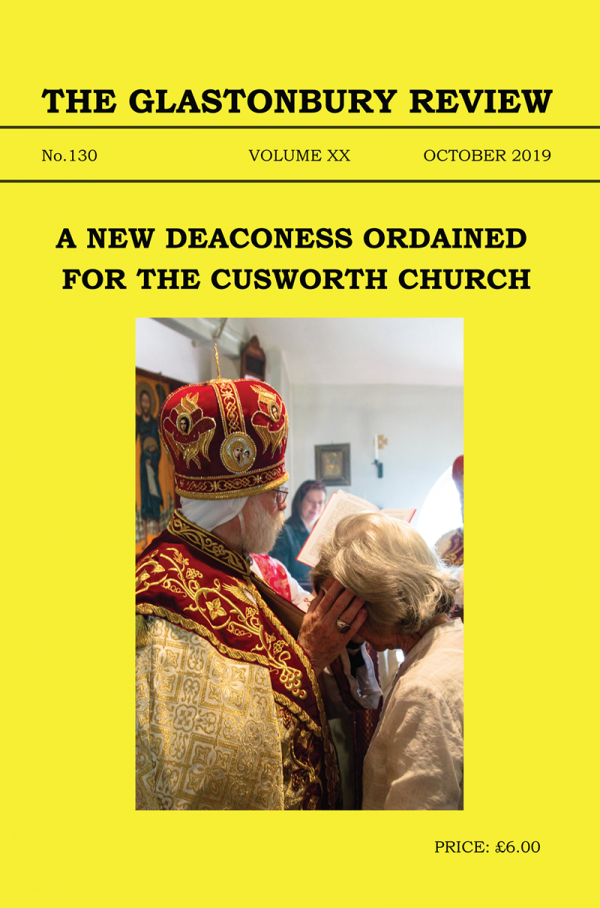
Issue No. 130 (October 2019) of the Glastonbury Review has just been published. This issue is 122 pages. The front and back covers carry pictures taken at the ordination of a new deaconess for the Cusworth Church, which is reported in detail along with key items of news since the last issue. The “Oriental Orthodox Church News” section contains a report of the funeral of the late Armenian Patriarch Mesrob II of Constantinople; a report on a renewed attempt to dethrone Patriarch Antonios of Eritrea and news of the current ethic and nationalist violence in Ethiopia.
Among the articles are the first part of a series on “The Enlighteners of Britain” by Hieromonk John Ives; “What about Astrology?” by Dr. David Brattstone; “Beginning with Church History” and”A Travesty of Pretended Canonicity” both by Abba Seraphim and a previously unpublisdhed article on “The Early History of the Patriarchs of Antioch” written by Abba Seraphim when he was a 19-year old Protodeacon.
The ‘Book Review’ section includes Abba Seraphim’s latest book Exiles from Eden, the sequel to his “Flesh of Our Brethren”; a rare translation of an edition of the Byzantine Rite published for the Russian ‘Living Church’; a second volume of research on Western Rites of Syriac-Malankara Orthodox Churches; a new biography of the late Metropolitan Anthony Bloom by Avril Pyman; the new British Orthodox Ordinal and J. W. Klein’s scholarly The Mental Universe of the English Nonjurors. This issue concludes with an obituary of Patriarch Mesrob II of Constantinople.
Copies can be obtained directly from www.Lulu.com
A new Deaconess Ordained for the Cusworth Church
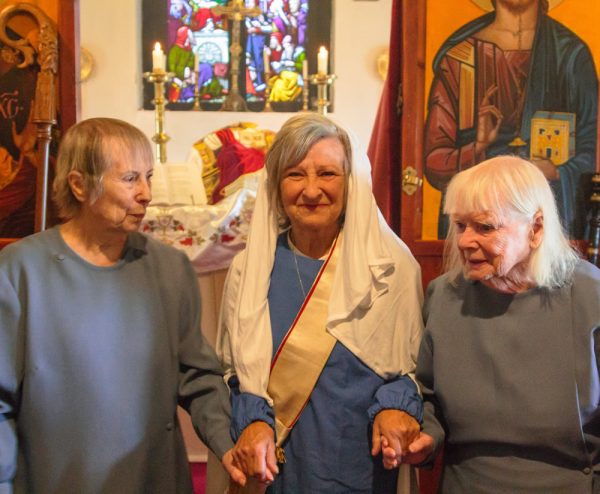
On 4 June 1989 Metropolitan Seraphim ordained two deaconesses for the church at Cusworth, which was the first ordination of that ministry for over 30 years, as the only two deaconesses remaining from those earlier days were then both in their seventies and had not been involved in active ministry for many years. Sisters Elizabeth (Beresford) and Sarah (Metcalfe) – who are the two ordained in 1989 – have served faithfully at the Cusworth church for the past thirty years, but with advancing age and various health issues they have not been as active of late as previously, although they have both remained active and faithful members of the congregation at Cusworth.
On 6 October 2019 Abba Seraphim ordained Elaine Dale, who has been a member of the Cusworth congregation for nineteen years and who has been a visitor of the sick and elderly for many years, as a deaconess, giving her the name of Sister Helena in honour of the Emperor Constantine’s mother, Saint Helena (c.246-330), whom two mediaeval chronicles (Henry of Huntingdon’s Historia Angloum and Geoffrey of Monmouth’s Historia Regum Britanniae) claimed was a daughter of the King of Britain, Coel Hen of Colchester, who allied with Helena’s husband, the Caesar Constantius Chlorus to avoid more war between the Britons and Rome.
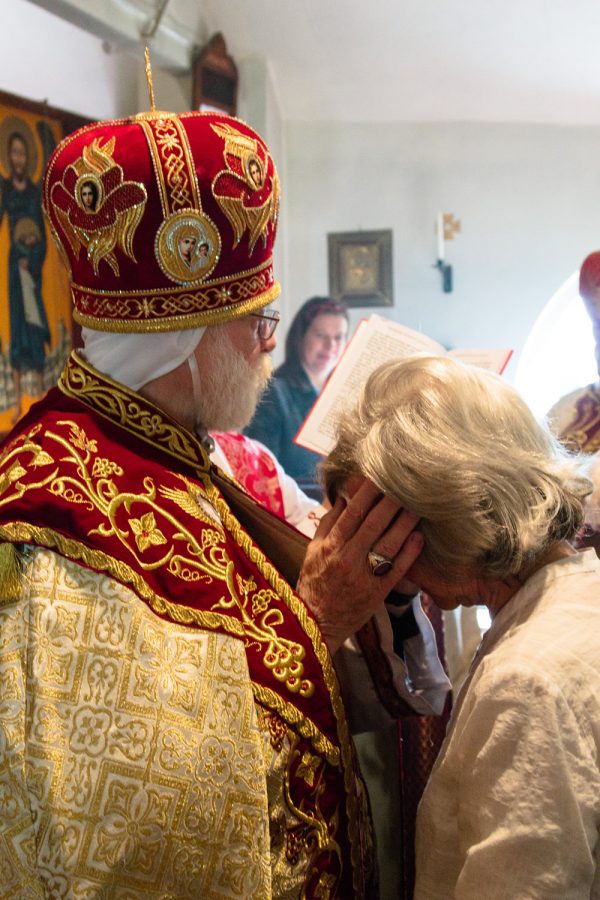
Following the Kiss of Peace in the divine Liturgy, Elaine was presented to Abba Seraphim by Deaconesses Elizabeth and Sarah.
A second cause for celebration
On 7 October Abba David, Bishop of Priddy, reached his 80th birthday and in anticipation of this Abba Seraphim hosted a thanksgiving dinner at The Boat Inn at Sprotbrough following the Raising of Evening Incense at Cusworth on Saturday, 5 October, which was attended by Abba David, Abba James, Elaine Dale and Vladimir Roze. Thanksgiving prayers were offered during the Divine Liturgy at Cusworth the following morning.
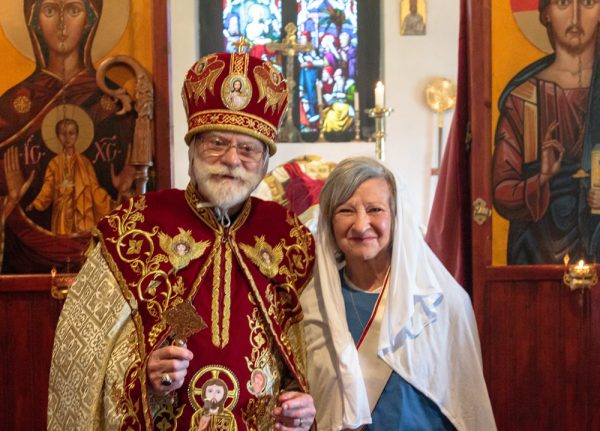
Among the several visitors who attended the Divine Liturgy to mark this double celebration was Mgr. Douglas Lewins, Archbishop of the Old Roman Catholic Church, who is a most welcome friend and guest of the church at Cusworth.
Abba Seraphim suffers a fall and a fracture
On Wednesday, 25 September, whilst travelling, Abba Seraphim accidentally tripped over, with the result that he suffered cuts on his hands and also hurt his right arm, which became very painful. The next morning he attended the Urgent Care department at his local hospital so that they could take an x-ray of his shoulder. Unfortunately, it revealed a proximal fracture at the neck of the humerus. Such fractures don’t normally require surgery because the broken ends usually stay close together, which makes it easier for the humerus to heal on its own. However, the doctors require him to wear a Shoulder Sling, to restrict his arm’s movement in order to stabilise his shoulder. Healing times vary greatly depending on the type of fracture, but he will probably need to wear the sling for about six weeks. Abba Seraphim expresses his gratitude for all the many kind messages he has received in response to his accident, as well as the assurance of prayers for his timely and complete recovery. He trusts that he may continue to fulfil all his liturgical commitments, whilst Abba James’s role as his coadjutor will prove to be a significant and practical support in his current predicament.
The annual Llanthony Pilgrimage
On Saturday, 17 August, Abba Seraphim and Abba James, accompanied by Archdeacon Antony Holland, attended the annual Llanthony Pilgrimage organised by the Father Ignatius Memorial Trust. The last time that Abba Seraphim attended the Pilgrimage was forty-four years ago, when – as a priest – he accompanied his predecessor, Mar Georgius (1905-1979), Metropolitan of Glastonbury. On that occasion, 30 August 1975, the preacher then was the late Father Brocard Sewell (1912-2000), a Carmelite friar.
Upon arrival, Abba Seraphim and his companions, were greeted by Mr. Hugh Allen, a long-standing trustee and the author of the scholarly history of “New Llanthony Abbey” (2016). The 2019 Pilgrimage began with a Sung Eucharist at St. David’s Church. Llanthony, which stands on the site of a sixth-century cell belonging to St. David, on which the infirmary of the twelfth century Augustinian Llanthony Priory was later constructed. The celebrant was Father Philip Wyn Davies of Tregaron. Among the pilgrims were Canon Mark Soady and three brothers of the Holywell Community, a newly established male monastic community following the Rule of St. Benedict, based in Abergavenny.
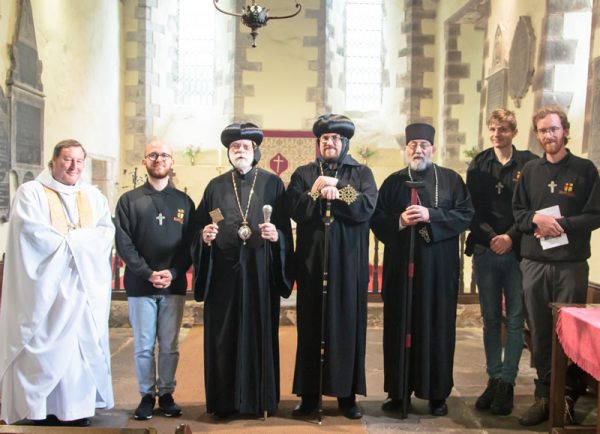
Following this, the pilgrims gathered for lunch in and around the ruins of Llanthony Priory, set in the outstandingly beautiful Black Mountains. After lunch some of the pilgrims travelled on foot to Capel-y-Ffin, some five miles away. At 3.30 pm Evensong was held in the tiny late-eighteenth century church of St. Mary, Capel-y-Fin, where Canon Simon Griffiths, Precentor at Truro Cathedral, preached an impressive sermon on the mission and witness of Father Ignatius. After this, the pilgrims processed up the hill to the site of Father Ignatius’s monastery and the ruins of the church, where he was buried in 1908. During the procession the Litany of Our Lady was sung in Latin and prayers were also said at the Wayside Calvary and at a Statue of the Mother of God situated on the terrace in front of the former monastery.
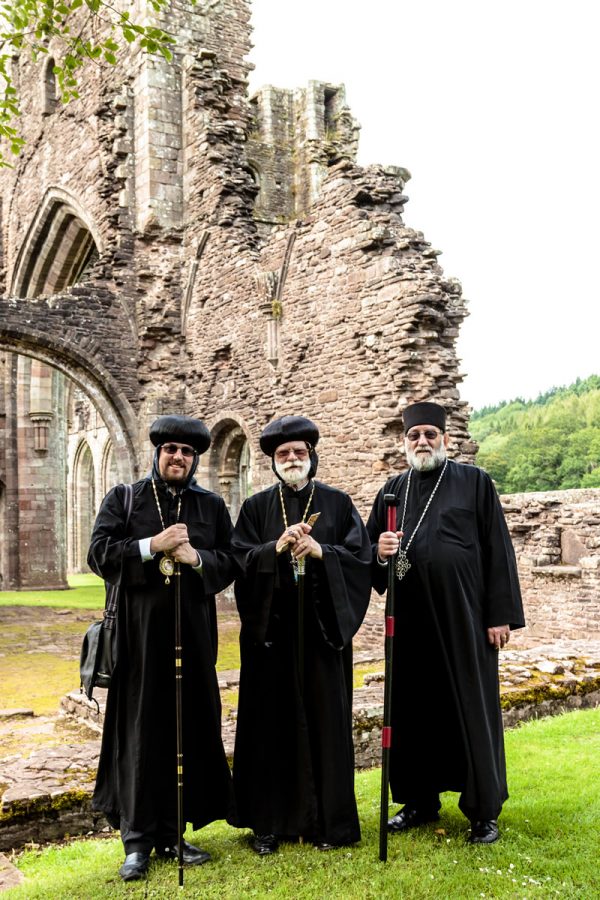
Father Ignatius was a committed traditionist who actively condemned heresies publicly sanctioned among his contemporary clergy: notably Canon Wilberforce denying our Lord’s Resurrection on Easter Day, which had been approved by Archbishop Frederick Temple; the denial of our Lord’s Virgin Birth by the Vicar of Yardley (C.E. Beeby); and Dean Fremantle of Ripon – whom Father Ignatius called “the Prince of Infidels” – who denied our Lord’s Ascension and stated that “we are not to pretend that the Scriptures are absolutely perfect in any part” and that our Lord Himself did not “pretend to an absolute knowledge of God.” Although we live in very different times, the drift away from traditional Christian belief is tragically still prevalent. Commenting on the Pilgrimage, Abba Seraphim said he was deeply touched by the warmth and spirit of fellowship which he encountered throughout the day, and that among the pilgrims – who largely comprised Anglo-Catholics, Roman Catholics and Orthodox – there was a shared commitment to traditional Christianity, which was demonstrated by a genuine œcumenical spirit underlying their veneration for the Mother of God and commemoration of Father Ignatius and his testimony.
The Mafrian visits his titular see
On 16 August, accompanied by Metropolitan Seraphim and Archdeacon Antony Holland, Abba James made his first visit to Caerleon-upon-Usk, of which he is titular Archbishop. Modern Caerleon is a small village on the north side of the city of Newport in Monmouthshire. It is an important archaeological site having been established in A.D. 74 to serve as the headquarters of the ancient Roman Legion “II Augusta” – following the invasion of Britain under Emperor Claudius in A.D. 43, hence its original name of ‘Isca Augusta’ as well as being referred to as a ‘City of the Legions’. Among the historic sites remaining is the Amphitheatre, which was erected just outside the city walls in 90 A.D. with seating for 6,000. It is here that tradition records that two early Christians, SS. Julius & Aaron were martyred in the third century. The clergy were joined at the Amphitheatre by a number of Abba Seraphim’s cousins, of whom Andrew Norton is the Regional Director (North) of Wessex Archaeology and afterwards lunched together at “The Priory”, the ancient home from the sixteenth century of the Morgans of Pencreek, which was rebuilt with the Roman facings, and in the eighteenth century part still remained in its original state.
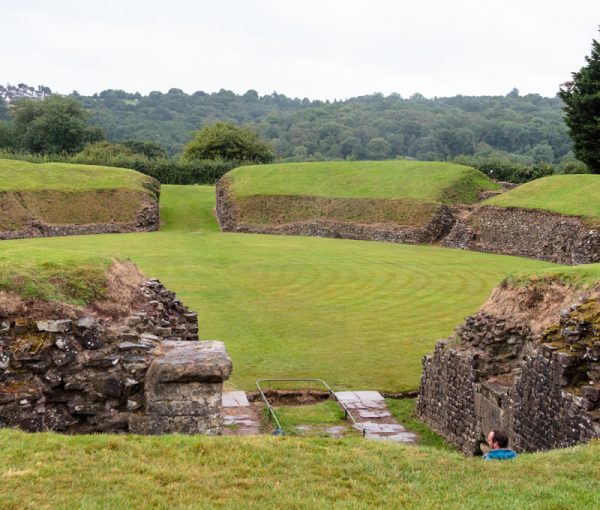
The titular See of Caerleon-upon-Usk was revived by Mar Pelagius (Richard Williams Morgan 1815-1889), the first British Patriarch, and held by the first four British Patriarchs (1874-1922) before being revived when Abba Seraphim was consecrated as Mafrian, coadjutor to the late Mar Georgius, on 9 July 1977, following which he first visited Caerleon on 28 October 1977. During their visit on this occasion, Abba Seraphim led them in prayer and invoked the blessings of SS. Julius & Aaron.
